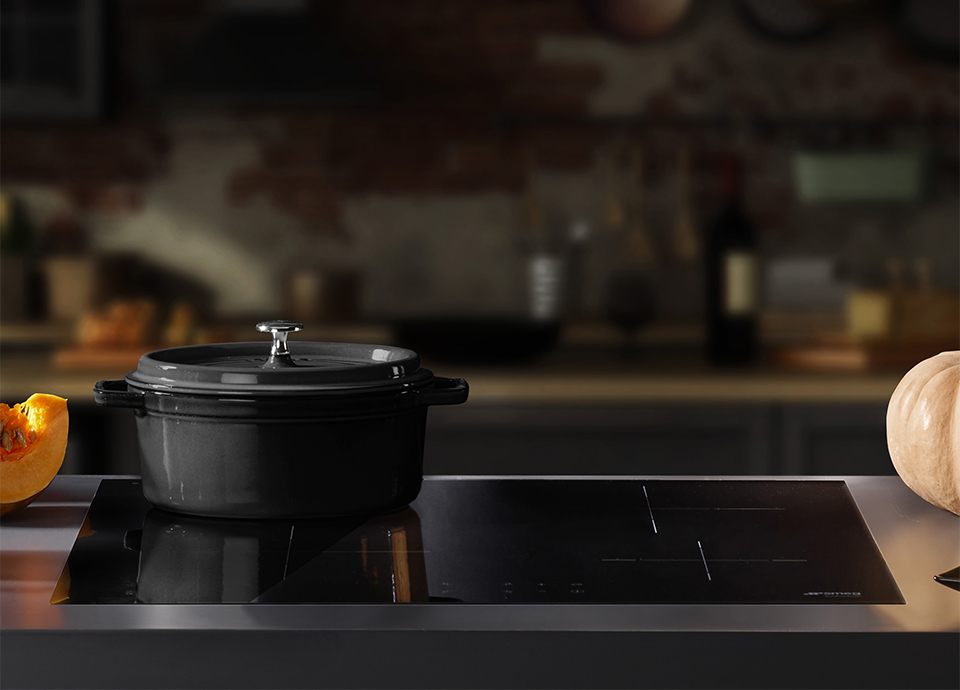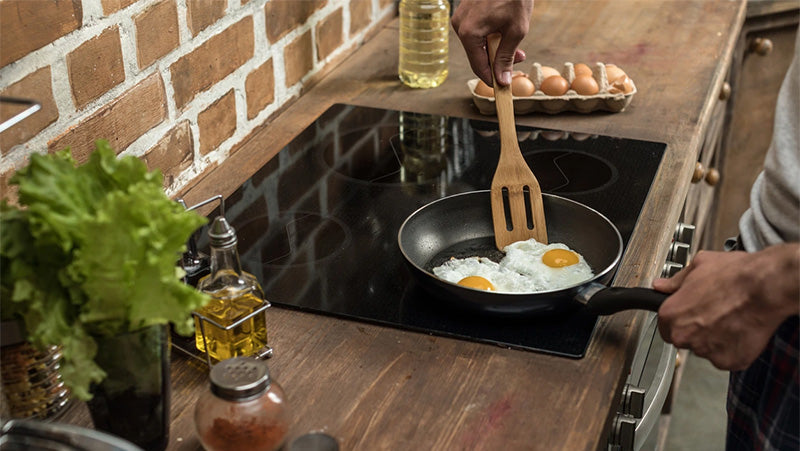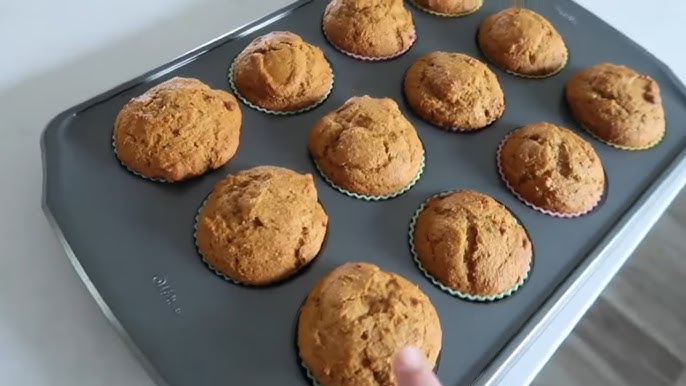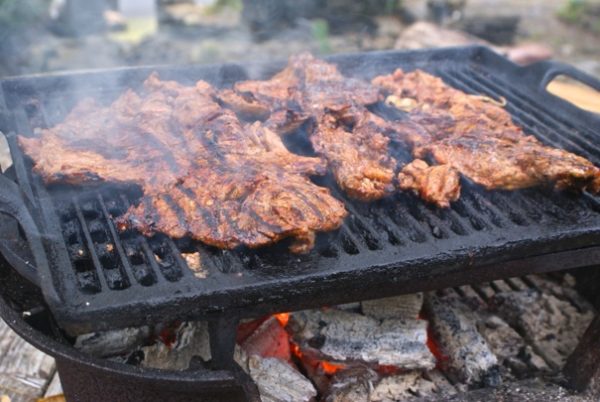In the world of professional cooking, maintaining the longevity and performance of your cookware is paramount. One of the most cherished and durable pieces in any kitchen arsenal is the cast iron pan. Especially after using it on an induction cooktop, proper storage becomes essential. This article will delve into the best practices for storing cast iron after induction use, ensuring your beloved kitchen staple stays in top condition for years to come.

Understanding the Nature of Cast Iron
Before we dive into storage specifics, it's crucial to understand what makes cast iron so special. Known for its excellent heat retention and even cooking surface, cast iron is a favorite among chefs and home cooks alike. However, its porous nature requires specific care to prevent rust and preserve its seasoning. After using cast iron on an induction cooktop, the cooling process can affect its surface, making correct storage techniques vital.
Why Induction Cooking Affects Storage
Induction cooking is celebrated for its efficiency and precision. It heats the pan directly through electromagnetic fields, which means the cookware itself becomes the heat source. As a result, the cast iron can reach higher temperatures more quickly compared to traditional gas or electric stoves. Post-cooking, this rapid heating and cooling cycle can impact the seasoning layer of the pan, making it essential to adopt proper storage methods.
Cleaning and Drying Before Storage
The first step in storing your cast iron after induction use is thorough cleaning. Avoid using soap, which can strip away the seasoning. Instead, use hot water and a stiff brush to remove food particles. For stubborn bits, a paste of coarse salt and water can work wonders. For more tips on cleaning without damaging seasoning, check out cast iron cleaning.
Once cleaned, it's crucial to dry the pan completely. Moisture is the enemy of cast iron, leading to rust. Place the pan on a low heat burner for a few minutes to ensure all water evaporates.
Seasoning Your Cast Iron
After drying, apply a thin layer of vegetable oil or a specialized seasoning oil to the surface of the pan. This step is essential to build up the seasoning layer, which not only protects the pan from rust but also enhances its non-stick properties. For more on maintaining seasoning, explore sizzling platter tips.
Choosing the Right Storage Spot
Once seasoned, choosing the right spot for storage is key. Store your cast iron in a dry, cool place. If stacking with other cookware, place a paper towel or cloth between pans to prevent moisture buildup and abrasion. Avoid hanging cast iron on hooks, as constant weight can weaken the handle over time.
Benefits of Proper Storage
By adopting these storage techniques, you not only extend the life of your cast iron but also maintain its cooking efficiency. Proper care ensures that the pan remains a reliable tool in your kitchen, capable of searing, frying, and baking to perfection.
Frequently Asked Questions
1. Can I use cast iron on induction cooktops?
Yes, cast iron is compatible with induction cooktops. Its magnetic properties make it an ideal choice for this type of cooking. For more details, visit Consumer Reports.
2. How often should I season my cast iron?
Regular seasoning helps maintain your pan's performance. It's recommended to season your cast iron every few uses, especially after cooking acidic foods or after cleaning with salt.
3. Is it necessary to use a trivet under cast iron on induction?
Using a trivet or pad can protect your cooktop from scratches. For more on this topic, check out trivets or pads.

Conclusion
In conclusion, taking the time to properly store your cast iron after induction use is a wise investment in the longevity and functionality of your cookware. By understanding the nuances of cast iron care and making informed choices based on the specific requirements of induction cooking, kitchen professionals can ensure their cookware remains in excellent condition, ready to deliver culinary masterpieces for years to come.
For more insights on induction cooking and cast iron, visit Le Creuset's guide.






Leave a comment
This site is protected by hCaptcha and the hCaptcha Privacy Policy and Terms of Service apply.